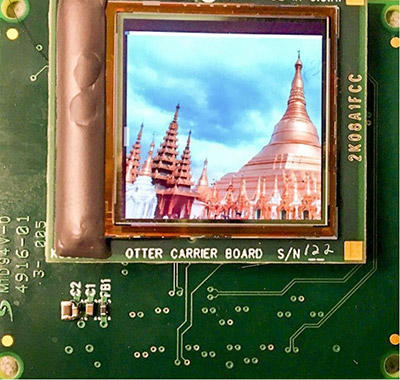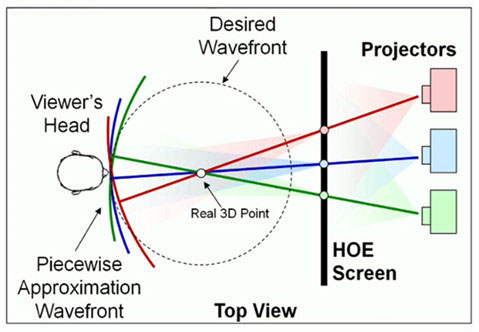Large Flexible OLEDs Get a Boost

 The Korean government is placing a bet on large transparent and flexible OLEDs. According a several industry reports, the Korean Ministry of Knowledge Economy will fund the project, which will be led by LG Electronics.
The Korean government is placing a bet on large transparent and flexible OLEDs. According a several industry reports, the Korean Ministry of Knowledge Economy will fund the project, which will be led by LG Electronics.
The amount of funding was not disclosed, but it is part of the agency’s new Future Flagship Program. This is designed to provide funding for advanced technologies and help Korean companies gain a competitive advantage over rivals — in this case, Chinese competitors.
The goal of the program is to develop a 60-inch transparent and flexible OLED display by 2017. A consortium of companies will receive funding, including Avaco, a display production equipment maker. Other members of the consortium were not disclosed. The group will seek to apply the transparent flexible OLED into non-consumer commercial applications such as bus stations, aquariums and retail stores, but TVs must be on the agenda too.
The connection with Avaco is interesting as it recently agreed to supply $6.7M worth of encapsulation equipment for LG’s new flexible OLED line (Jusung Engineering will also supply equipment worth about $10M). The plant may be operational by the end of the year, but is unlikely to produce commercial products for a year or two, according to LG. The plant is located in Paju, Korea and is a Gen 3.5 line (730x460mm).
[CC1] Meanwhile, Samsung Mobile Display has announced its first flexible OLED display, which will be branded as the “Youm.” It has plans to begin production in 2012. Samsung is apparently dedicating a number of lines at its factory in Tangjeong for the production of flexible OLED displays. The line will pump out 960K OLED sheets by the end of the year.
Rumors are circulating that the iPhone 5 will use this display. The use is probably not so much for the flexibility of the display, but for the ruggedness of the display. Even with a hardened glass coverplate, smartphone displays often break, so having a non-glass solution would clearly be attractive.
So, if the technology is already coming to market, why is the Korean government also funding a development program? I can’t really say for sure, but it seems plausible that they want to ensure the technology pipeline remains full with the key technology and widen the gap with rivals (and catch up to Samsung).
The other big reason is jobs. The Ministry of Knowledge Economy thinks that with LG and Samsung leadership in this area, the country can achieve yearly exports worth $56B and create 840K jobs through the research and development of transparent and flexible displays.
Some reports suggest that both Samsung and LG are currently pursuing a RGB sub-pixel patterning approach for initial small flexible OLED production. LG takes a different approach for its TV OLED panels (white emitter with RGB color filters), due out shortly. It is not known which approach the Future Flagship Program will take.





